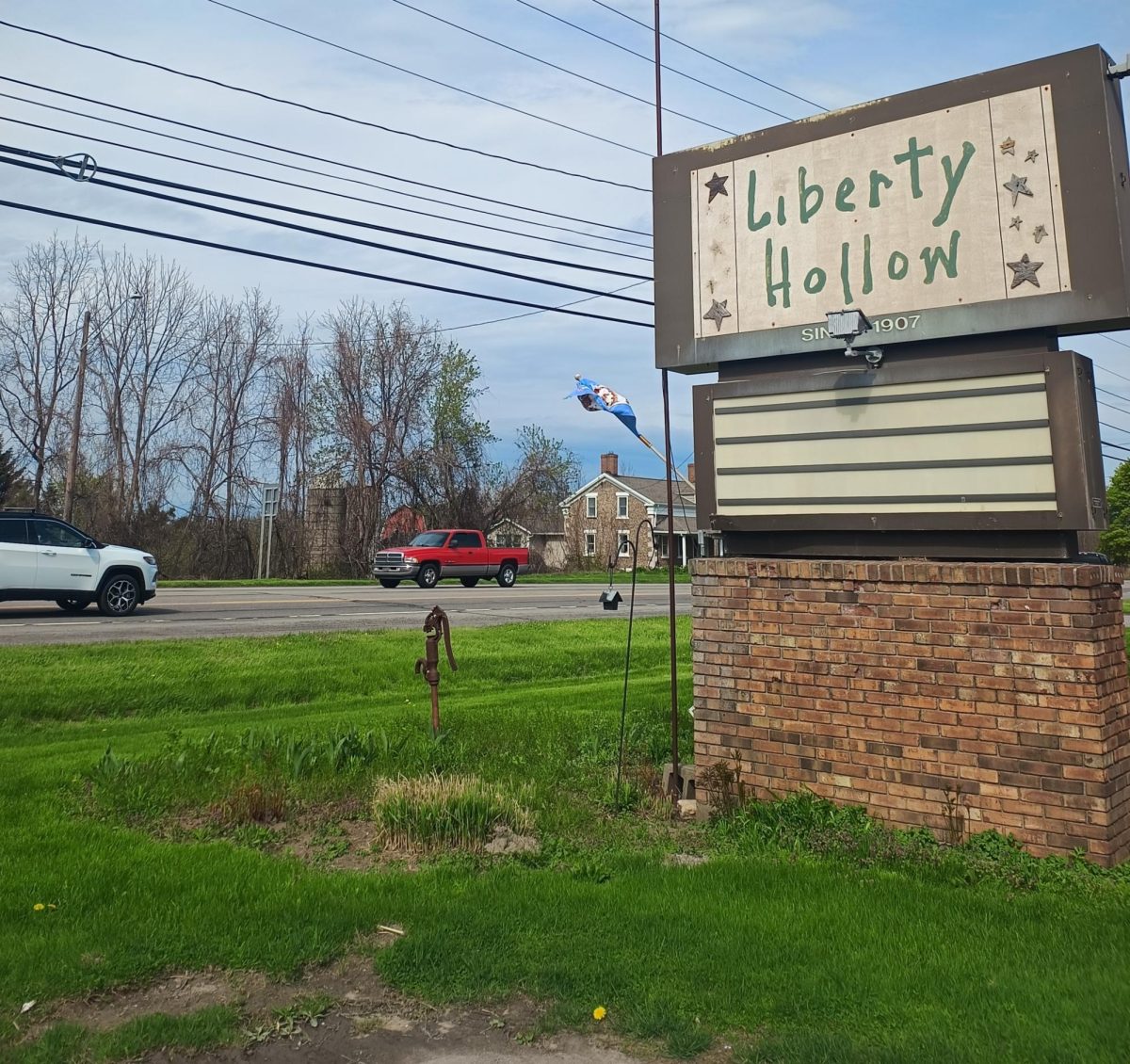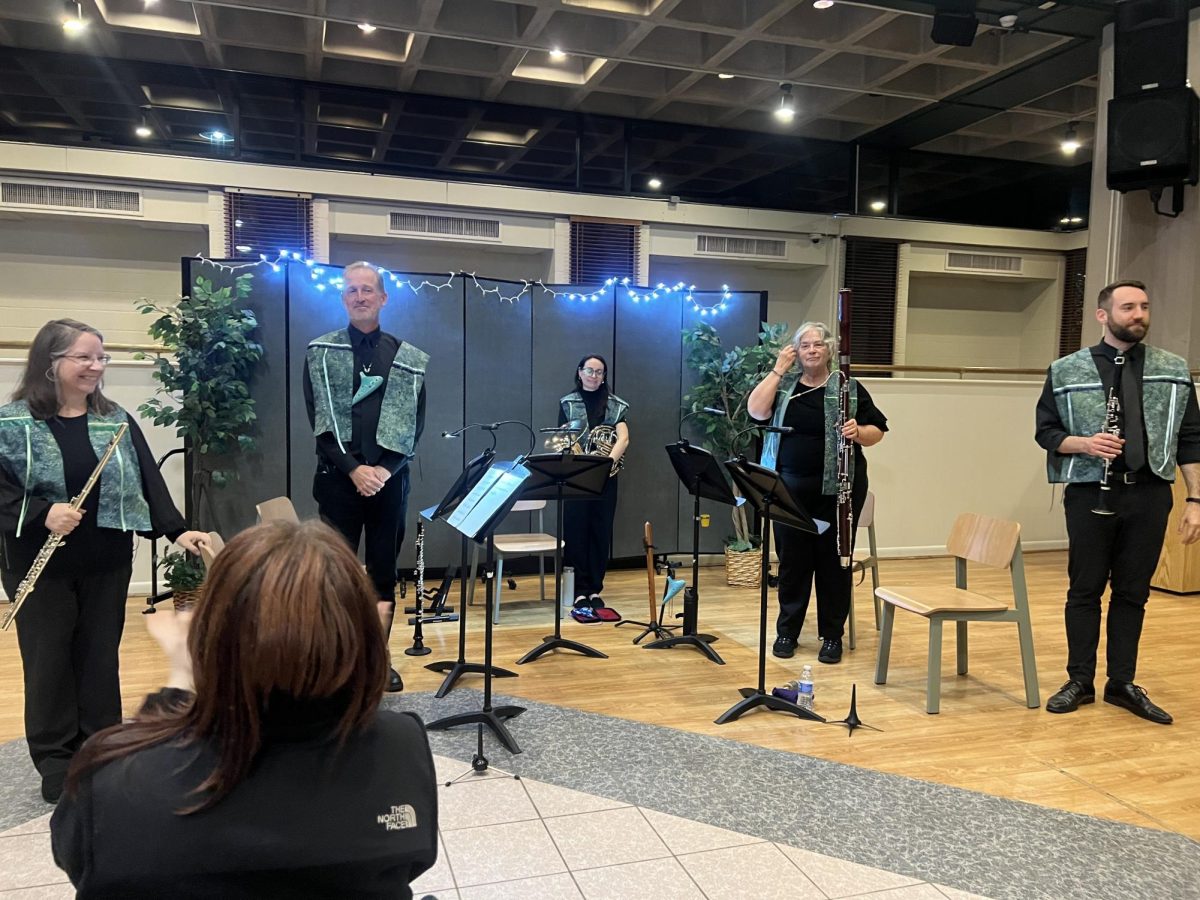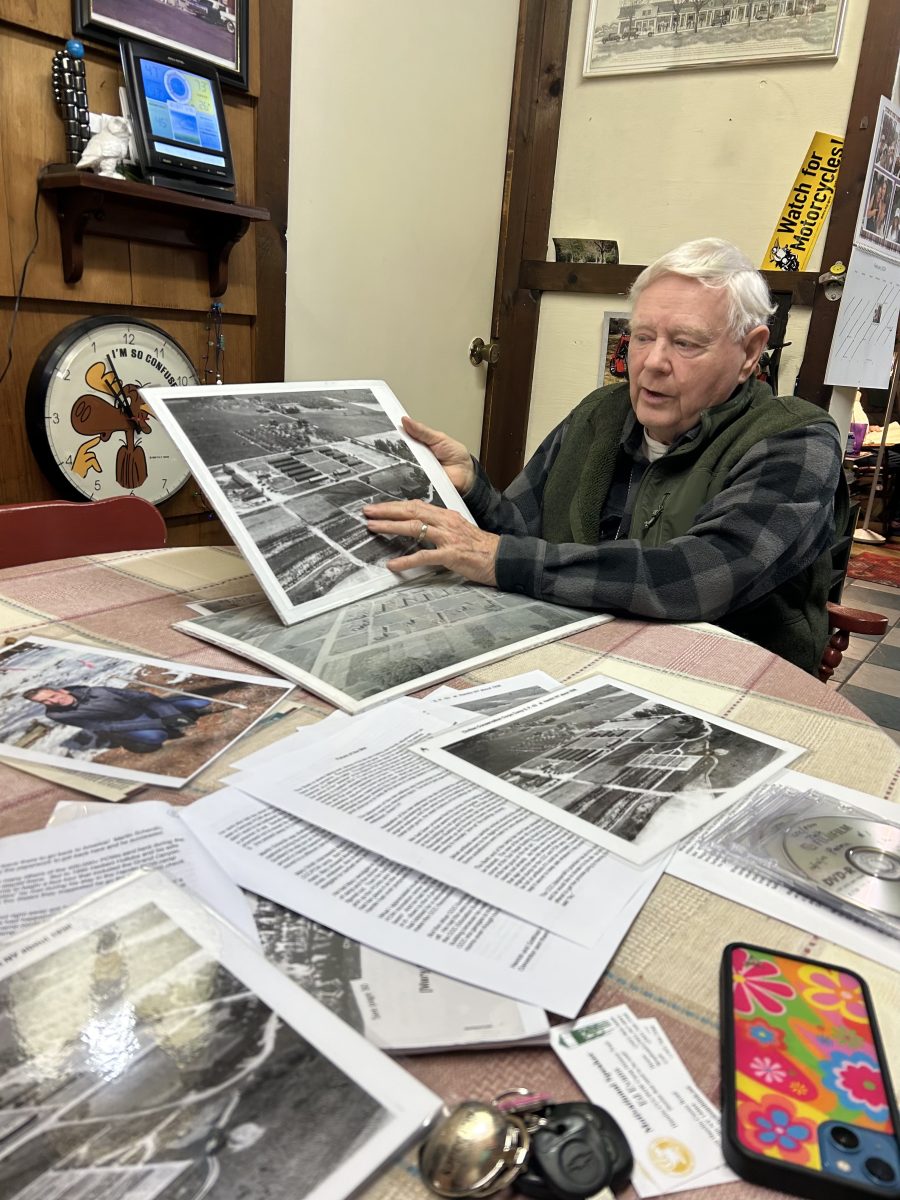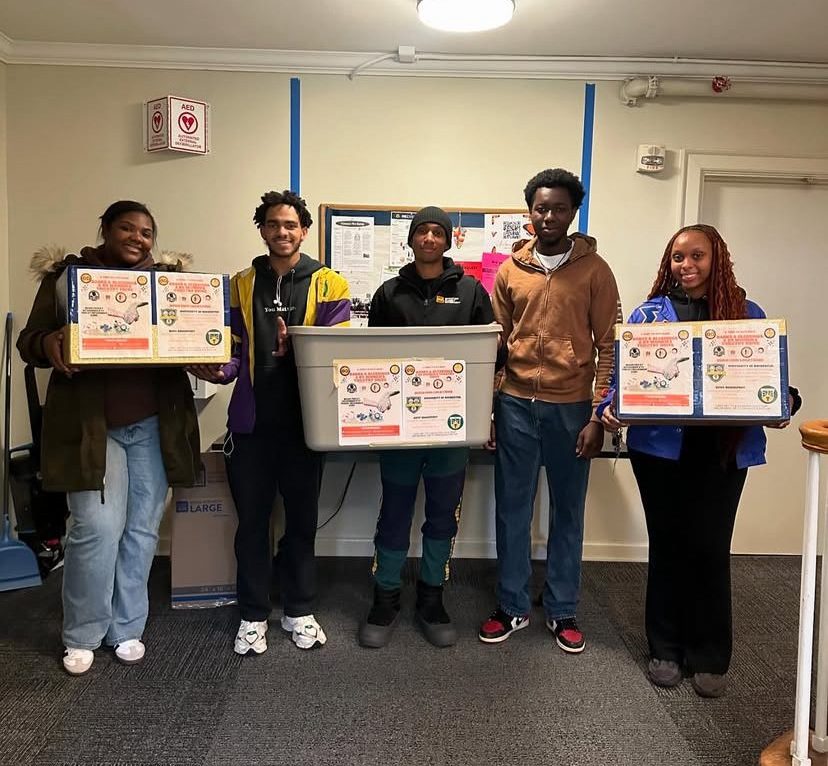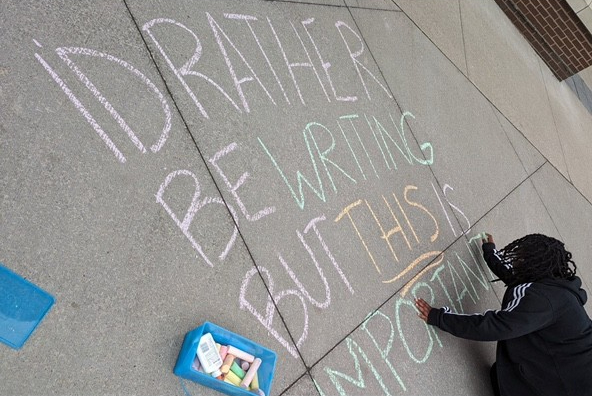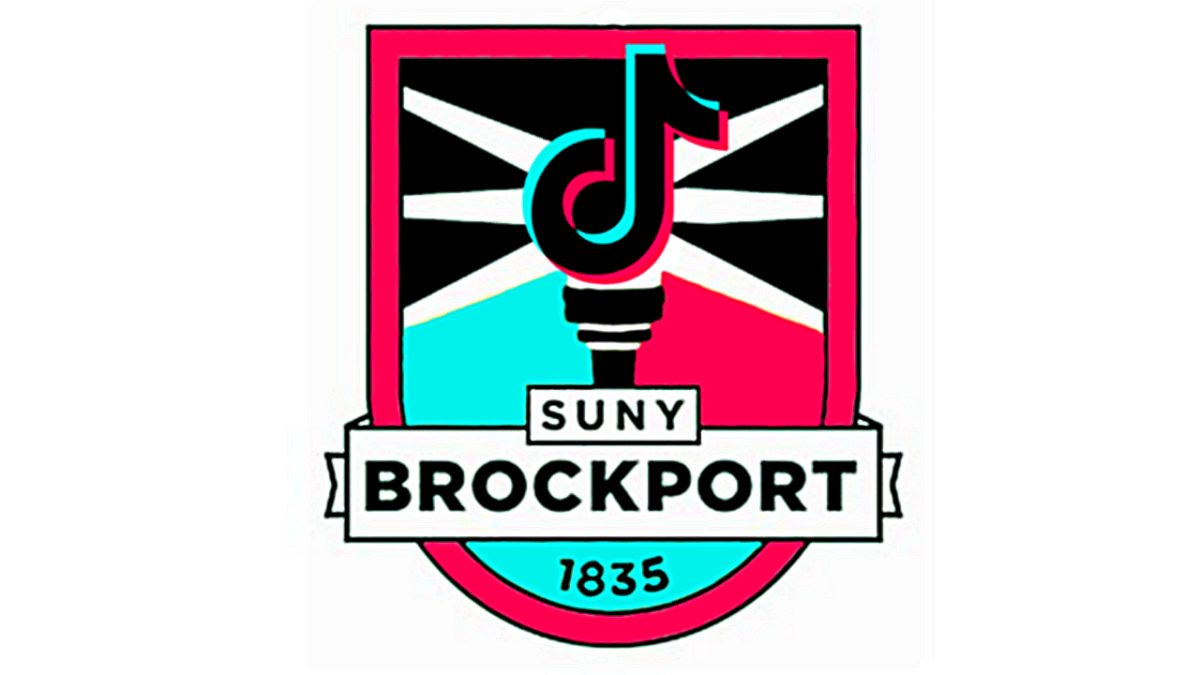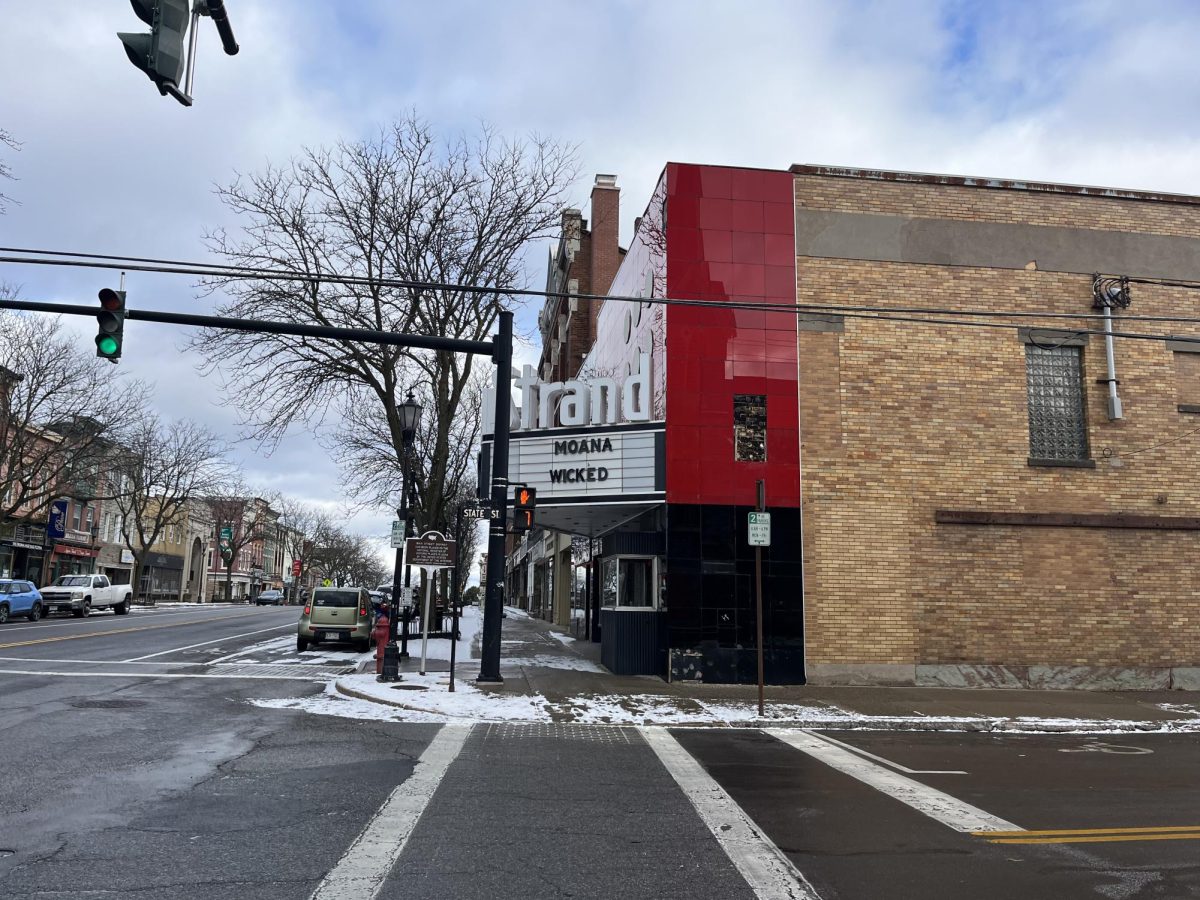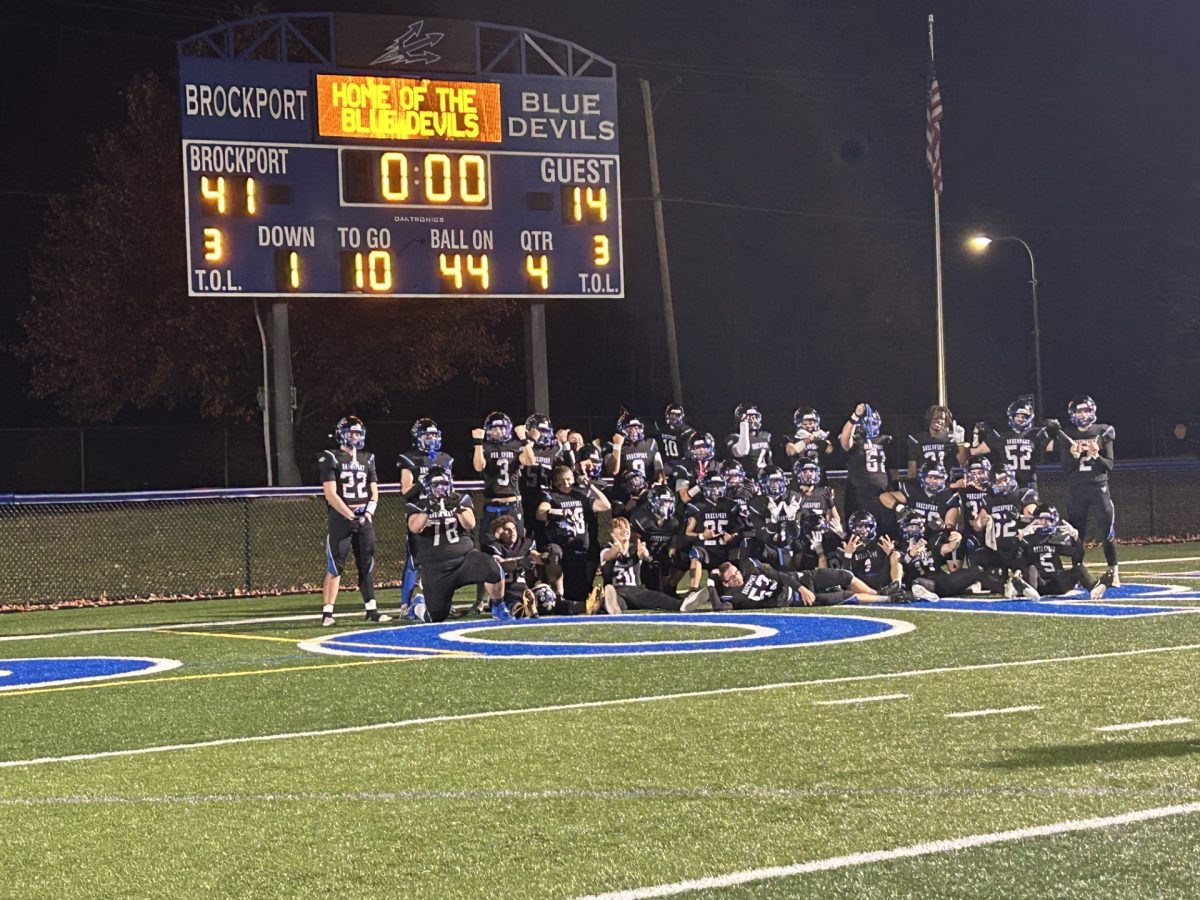As Americans endure the hardships of winter and a prolonged pandemic, issues related to food scarcity and insecurity rage on. While social conditions continue to deteriorate, millions of Americans are in a non-stop battle with hunger.
For most people, getting groceries and finding their next meal is a convenient, normal occurrence and a process devoid of stress or anxiety. Millions of other Americans combat food insecurity every day, and often do not have access to fresh groceries.
Within Monroe County alone, there are several food deserts, which are areas with extremely limited access to affordable, nutritious food. When venturing out to the suburbs of Rochester, multiple grocery stores combine to create a food oasis.
A heavily affected area is in the southwest quadrant of the city of Rochester. The United States Department of Agriculture (USDA) Economic Research Service demonstrates the severity of the food desert problem broadly within the nation and specifically in Monroe County.

The green areas indicate a low income, low access area where residents are at least one to 10 miles away from the nearest grocery store. The orange sections show parts of Rochester where people have to go a half mile before finding fresh food.
Half a mile or a little more may seem like a short distance to cover, but for many inner-city residents who do not have access to a car, things are not so simple.
In the place of grocery companies, several corner stores have emerged to supply customers with nutritious food. Although they can only offer a limited selection and quantity of such goods.
One such store is Corn Hill Exchange Market, a corner store on Exchange St right by the Genesee River. The convenience store is owned and operated by Demetrio Guerra who has had the store for 11 years.
“I saw that there was a hole in the area with the market that was here before this one closing,” Guerra said. “The market kind of halved and I was able to keep a lot of customers. I saw an opportunity and it’s always been a goal of mine to own my own business. I put all of my life savings into it.”
The store offers a wide variety of goods, flour, baking soda, spaghetti, laundry detergent, steak sauce, a liquor section and much more. However, there are certain limits to what Guerra is able to stock his store with.
“With perishable items it is tough sometimes because they have a certain shelf life,” Guerra said. “So, in order to make it worth it you have to raise prices on certain things like bread and milk.”

Several organizations have emerged in order to combat local food insecurity. Foodlink is a Rochester based nonprofit dedicated to ending hunger and building healthier communities by addressing the underlying causes of food insecurity. Mark Dwyer, senior manager of communications at Foodlink, has witnessed firsthand the extent of the food problem in Rochester.
“Early on in the pandemic we saw reports that food insecurity was rising 40 to 45% in the Rochester area,” Dwyer said. “That number has improved slightly, but it’s still a very big number and one that probably won’t recede to pre-pandemic times for quite a while.”
Since March 2020, Foodlink has served 120,000 households, 700,000 healthy meals to the Rochester City School District (RCSD) and has 36 curb side market sites in Rochester to give vulnerable populations access to healthier food.
“Before the pandemic we were taking a lot of upstream approaches to hunger,” Dwyer said. “Figure out why people are hungry and kind of tackling the problem that way. During the pandemic we are more focused on our root operations of food banking and meal production.”
There is only so much Foodlink can feasibly do to alleviate these massive social problems, especially when the root causes of these issues have been festering for decades.
“There are no large grocery stores in the city of Rochester, a lot of them have left town and a lot of the supermarkets are in the suburban communities,” Dwyer said. “But now, you see a lot of corner stores and not a lot of major grocery stores selling healthy foods.”
While corner stores and non-profit organizations attempt to fill in the gaps of a broken system, thousands of individuals and families will keep fighting hunger until the proper resource infrastructure is brought to Rochester.

